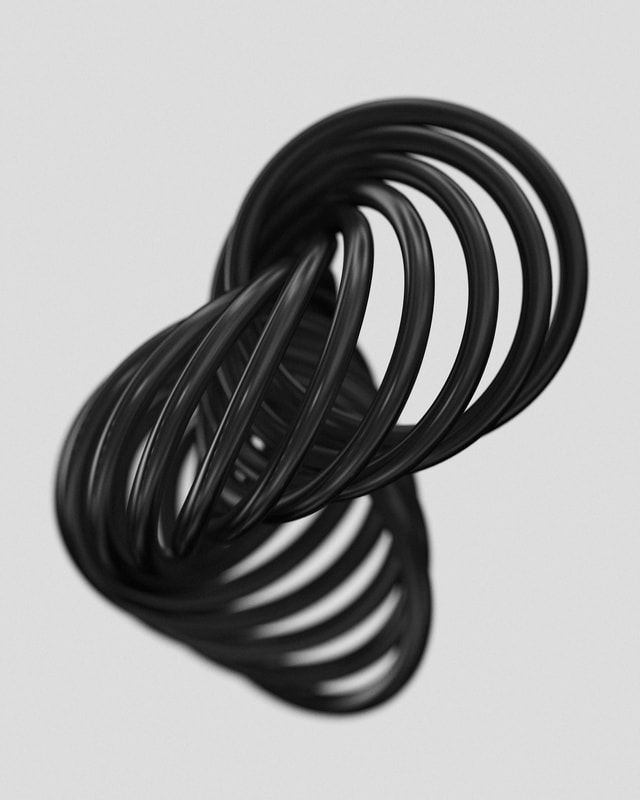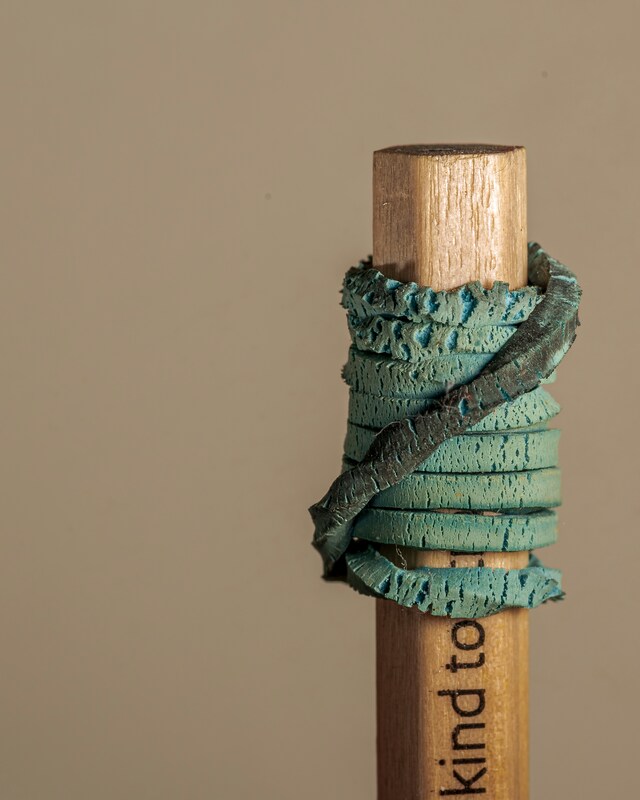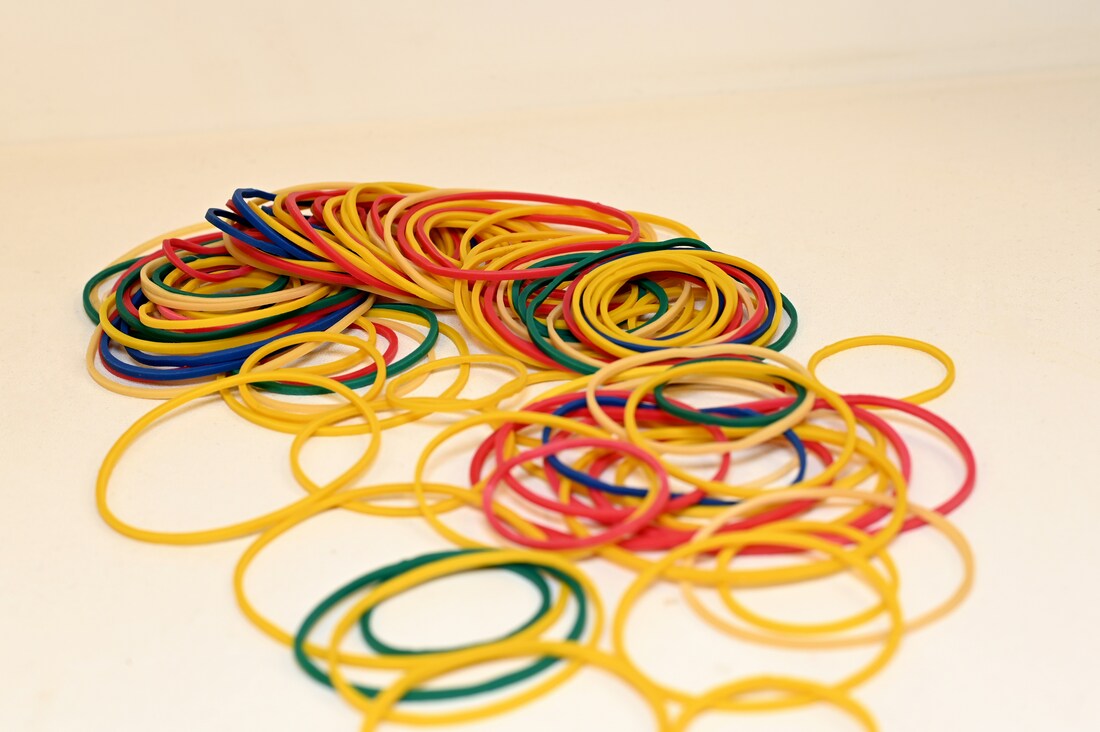A rubber band (also known as an elastic band, gum band, or elastic loop) is a loop of rubber or elastic material that is used to hold multiple objects together. It stretches under tension and returns to its original shape when released.
|
Basic Properties
Materials Used
|
Manufacturing Process
Types of Rubber Bands
|
|
Uses
Storage & Lifespan
|



